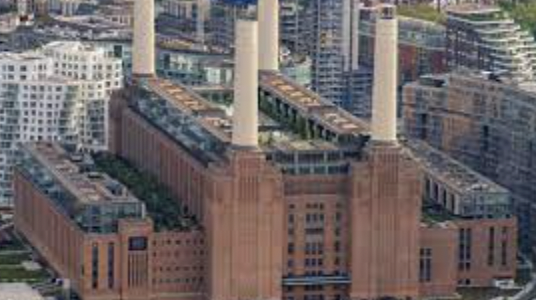
Battersea Power Station open to the public after 39 years
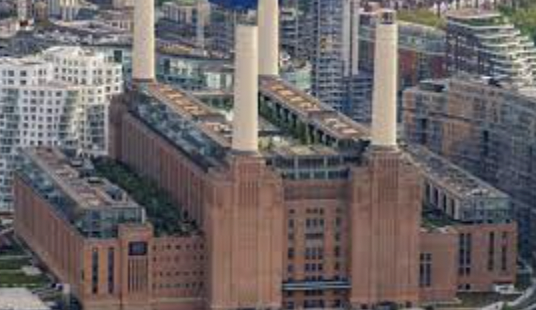
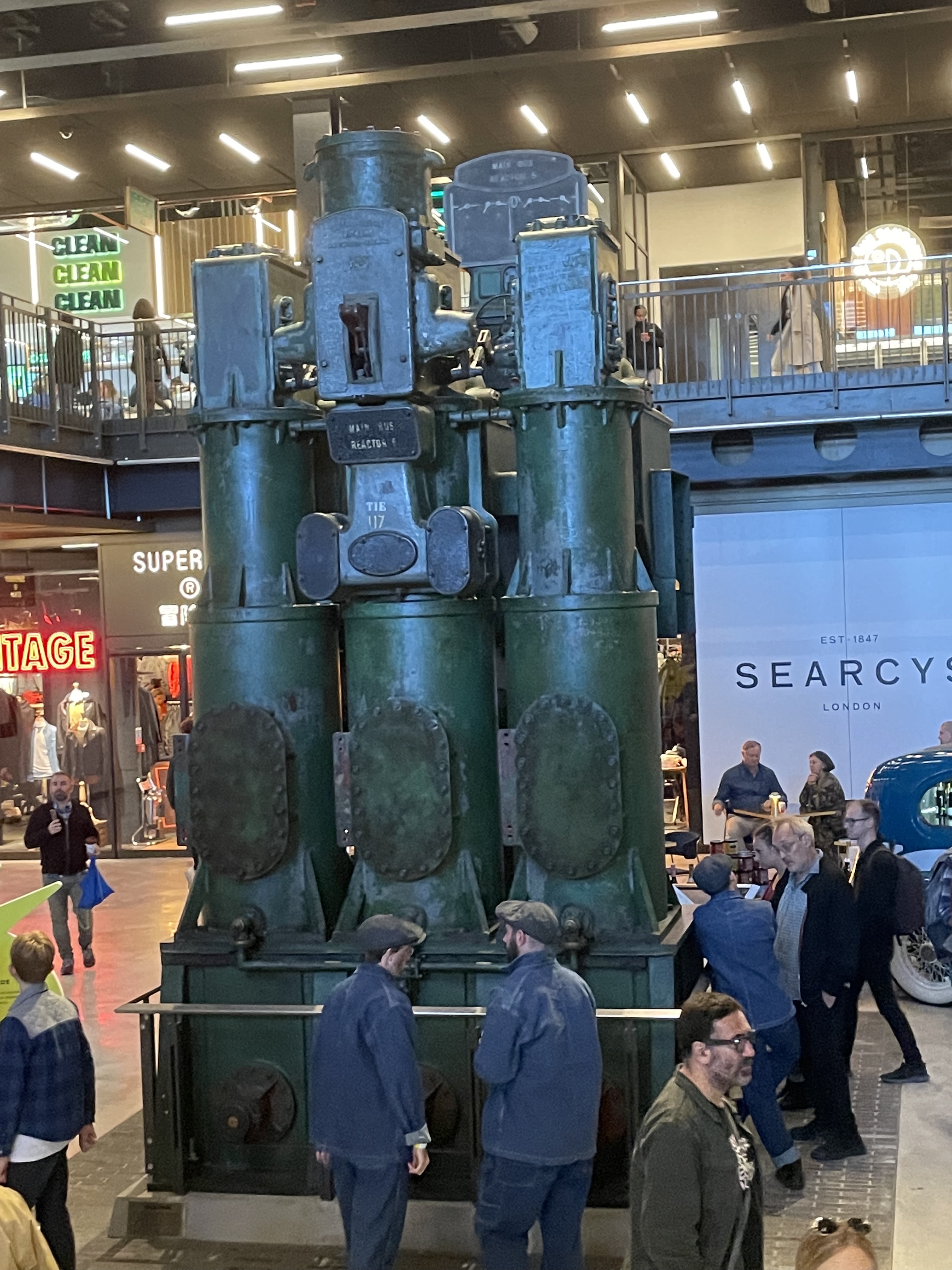
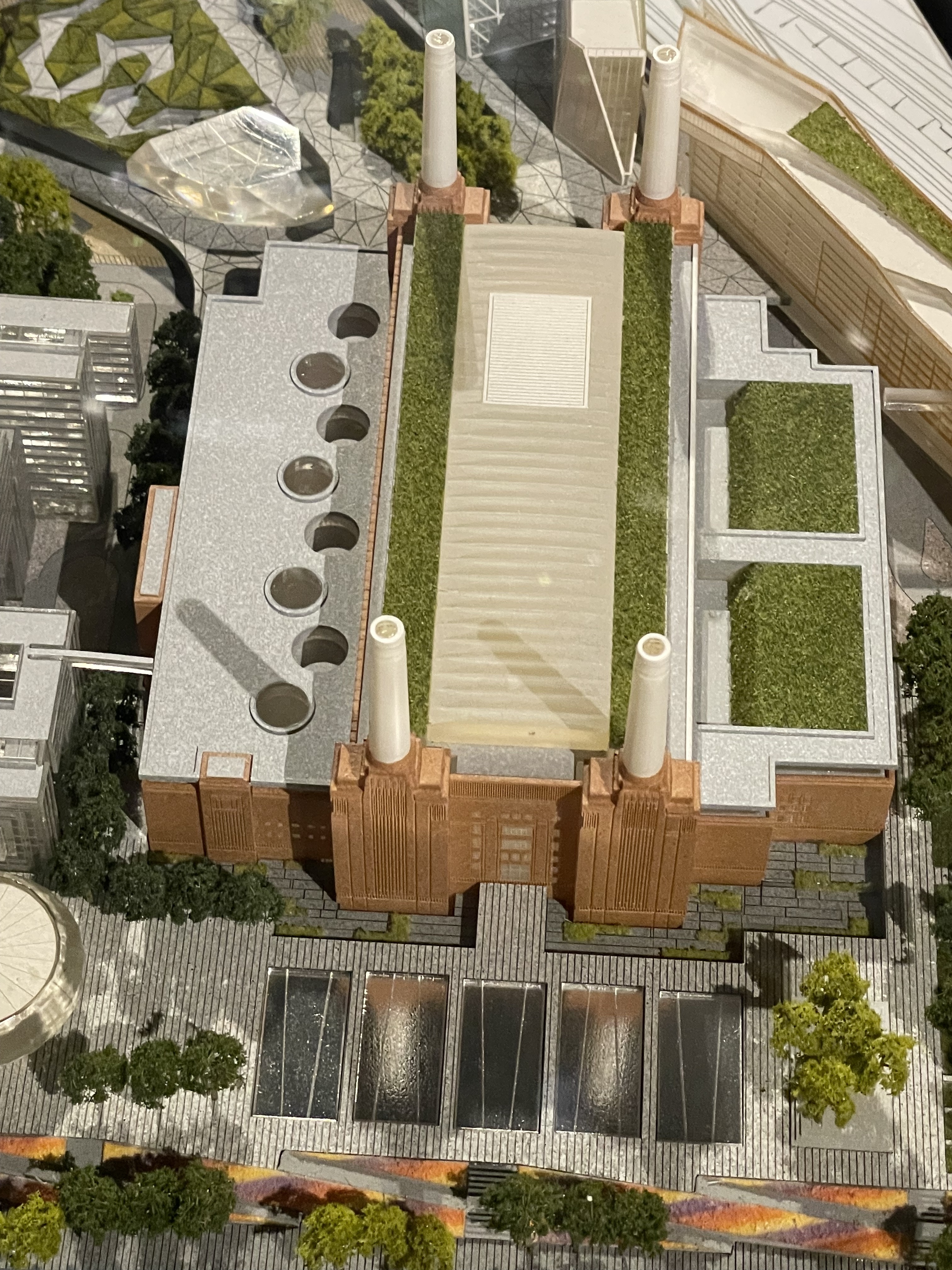




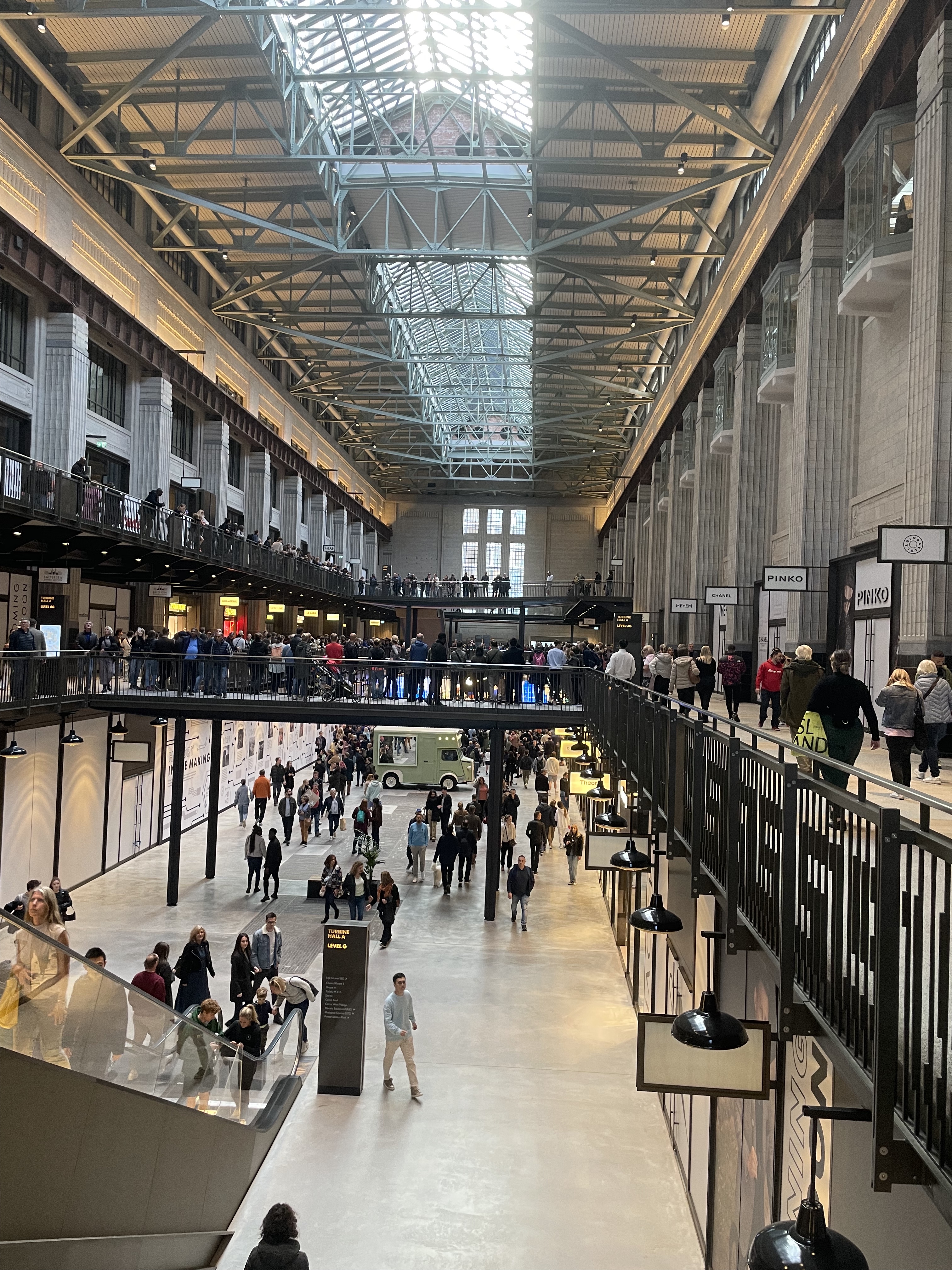
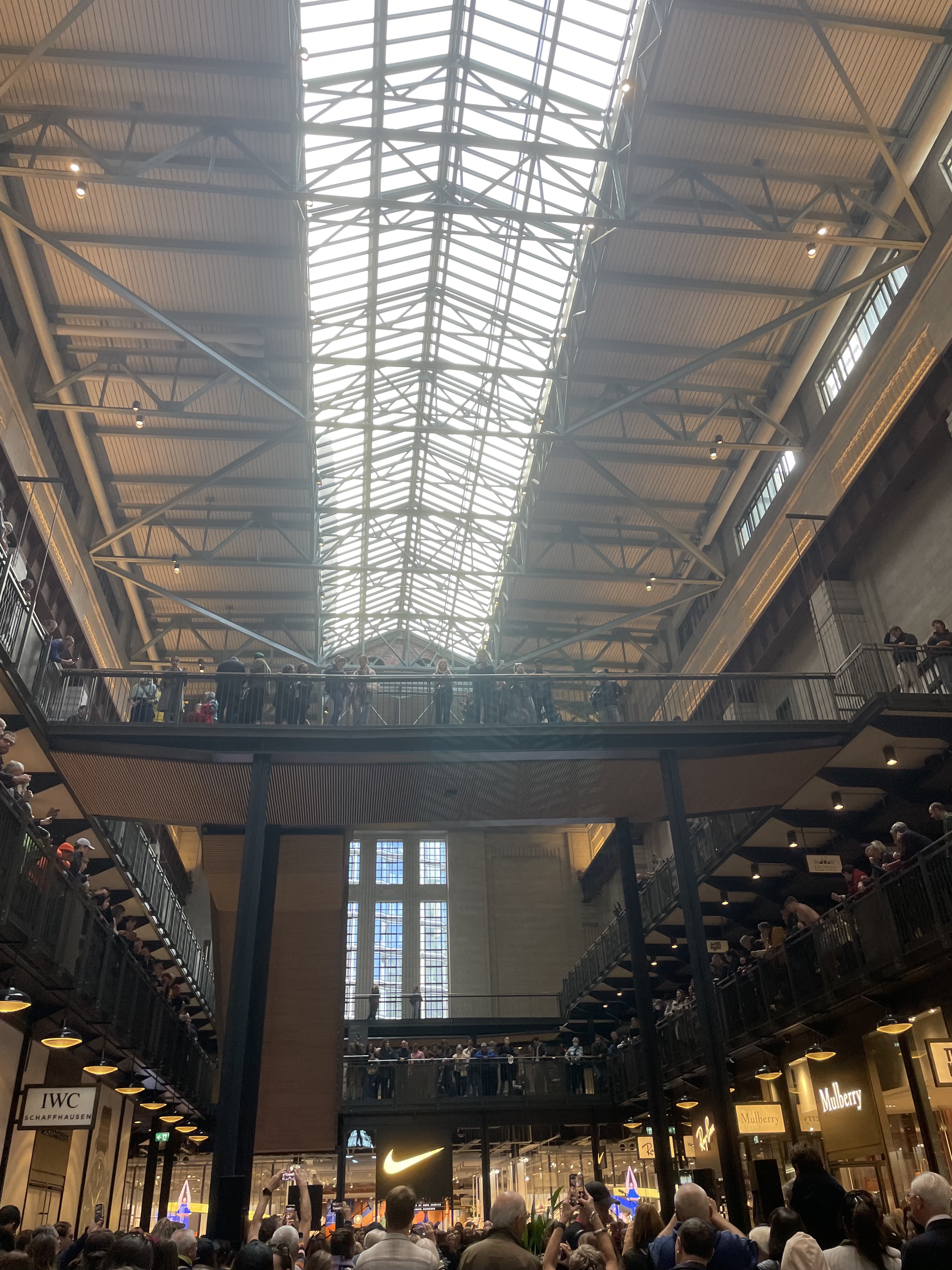 Battersea Power Station which was laying derelict for 39 years, opens to the public for the first time. The Grade II listed London’s truly iconic building is hoping to cement itself as one of the capital’s top retail and leisure destinations, with over 60 shops and bars at the Art Deco development including flagship store for fashion retailer Zara, Lacoste, Ralph Lauren, Mulberry, and Uniqlo. Tech Giant Apple has over 500, 000 Sq ft for some of its staff to move into early next year. US home appliance maker Sharkninja has also taken up 25, 000 sq ft inside the station.
Battersea Power Station which was laying derelict for 39 years, opens to the public for the first time. The Grade II listed London’s truly iconic building is hoping to cement itself as one of the capital’s top retail and leisure destinations, with over 60 shops and bars at the Art Deco development including flagship store for fashion retailer Zara, Lacoste, Ralph Lauren, Mulberry, and Uniqlo. Tech Giant Apple has over 500, 000 Sq ft for some of its staff to move into early next year. US home appliance maker Sharkninja has also taken up 25, 000 sq ft inside the station.
The coal-fired power station, located on the south bank of the River Thames, in Nine Elms, Battersea, in the London Borough of Wandsworth, was built by the London Power Company (LPC) to the design of Leonard Pearce, Engineer, and CS Allott & Son Engineers, the architect J Theo Halliday and Giles Gilbert Scott who designed the iconic Red telephone boxes. The Power station is one of the world’s largest brick buildings and notable for its original Art Deco interior fittings, Battersea A built between 1929 and 1935 generated electricity using three turbo alternators two 69 megwatt Metropolitan Vickers ~British Thomson-Houston Sets, and one 105 MW Metropolitan-Vickers set the largest in Europe, totaling 243 MW, and Battersea B Power Station to its east between 1937 and 1941, also had three turbo alternators all made by Metropolitan-Vickers consist of two units which used 16 MW high-pressure units exhausting to a 78 MW and associated with a 6MW house alternator, giving a total of 100MW. The third unit, a 66 MW machine associated with a 6MW house alternator, 72 MW, giving combined B station 260 MW, making the sites capacity to 503 MW all the stations. In 1941, the construction paused due to the worsening effects of the Second World War. All the station’s boilers were made by Babcock & Wilcox, fuelled by pulverised coal from pulverisers. There were nine boilers in the A Station and six in the B station. The B station boilers were the largest ever built in the UK at that time, and also had the highest thermal efficiency of any power station in the country for the first twelve years of its operation. The Power station consumed in excess of 1 million tonnes of coal annually, mostly from pits in South Wales and North East England delivered by coastal colliers. They were flat irons with a low-profile superstructure and fold-down funnels and masts to fit under the Thames’ bridge above the Pool of London. Coal was delivered to the Jetty where two cranes, capable of unloading two ships at a time at a rate of 480 tonnes an hour, offloaded coal. The thermal power station used to condense steam from the steam turbines before it is returned to the boiler. 1.5 gigalitres of Water cycled through the power station’ systems was taken from the Thames each day.
Until late 1930s, electricity was supplied by municipal undertakings as small power companies that built power stations dedicated to a single industry or group of factories, and sold any excess electricity to the public.
The building was eventually completed in 1955. Battersea B was built to design identical to Battersea A creating the iconic four chimney structure.
Battersea A decommissioned in 1975 and in 1980 the whole structure was given Grade II status. Battersea B shut three years later in 1983, is also listed as Grade II.
In 1983, developer David Roche and John Broome owner of Alton Towers Ltd prooed an indoor theme park with shops and restaurnts with an estimated cost of £35 million. The scheme received approval in May 1986 and the site was purchased by John Broome for £.125 million in 1987. The project was halted in 1989, for lack of funding after costs had escalated to £230 million, after sections of the building’s roof had been removed so that machinery could be taken out and without a roof, the building’s steel framework had been left exposed to the elements and its foundations were prone to flooding.
In 2004, the redevelopment project by Parkview International was stalled the site was sold to administrators of Irish Company Real Estate Opportunities (REO) who bought it for £400 million in November 2006 with plans to refurbish the station for public use and build 3, 400 homes on the site, but the plan fell through due to REO’s debt being called in by state-owned banks of the UK and Ireland. The site was The building remained empty until 2014 until administrators Ernst & Young signed an exclusive agreement with Malaysia’s S P Setia and Sime Darby to develop the 42-acre site to include 253 residential units, bars, restaurants, office space (occupied by Apple and No.18 business members club), shops and entertainment spaces.
The London Underground’s Northern line extended to serve Nine Elms and the Power station, branching off at Kennington station, two stations Nine Elms and Battersea Power Station which opened on 20th September 2021 with construction cost of £1.1million. In September 2016, Apple announced plans to consolidate 1, 400 London employees, from seven location occupying around 500, 000 Square feet of the power station building, as its new London headquarters.
On 14 October 2022, the power station was opened with 254 apartment blocks designed by US architect Frank Gehry, structure by Foster and Partners, restaurants, bars, offices and shops.
